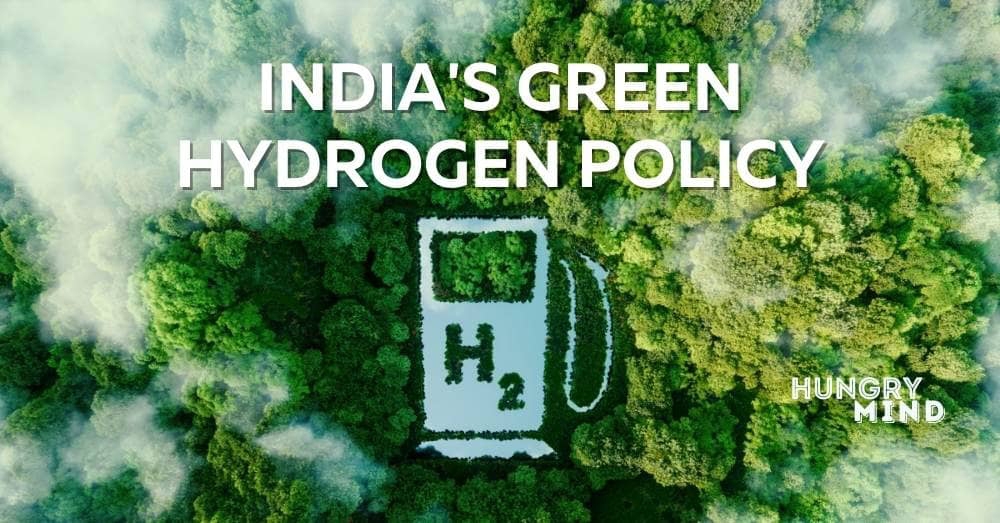
Green hydrogen – India’s energy molecule for the future
Soumik Dutta | NT
Bengaluru: The Ministry of New and Renewable energy (MNRE) under its national green hydrogen mission has announced the ‘green hydrogen standard for India’, considered by experts as a crucial step for the advancement of the mission.
The thrust towards a lowcarbon economy currently hinges on an accelerated transition towards a higher share of renewables in the electricity grid complemented by electrification of end uses such as transportation.
The cabinet had approved the national green hydrogen mission on 04 January 2023 to develop green hydrogen production capacity of at least 5 MMT (Million Metric Tonne) per annum with an associated renewable energy capacity addition of about 125 GW in the country by 2030.
The initial outlay for the mission is Rs.19, 744 crore, which includes Rs.17, 490 crore for the strategic interventions for green hydrogen transition programme (SIGHT), Rs.1, 466 crore for pilot projects, Rs.400 crore for R&D, and Rs. 388 crore towards other mission components.
Under the SIGHT, two distinct financial incentive mechanisms will be provided under the mission; targeting domestic manufacturing of electrolysers, and production of green hydrogen.
Hydrogen is emerging as an important source of energy since it has zero carbon content and is a non-polluting source of energy in contrast to hydrocarbons that have net carbon content in the range of 75–85 per cent.
As per the International Renewable Energy Agency (IRENA), hydrogen shall make up six per cent of total energy consumption by 2050.
The Hydrogen Council Report, 2021 also mentions that, global investments on hydrogen will constitute around 1.4 per cent of the total global energy funding by 2030.
The current global demand for hydrogen is 70 million metric tons per year, more than 76 per cent of which is being produced from natural gas, 23 percent comes from coal and the remaining is produced from electrolysis of water.
The mission aims to make India a global hub for production, utilization and export of green hydrogen and its derivatives and will help in India becoming energy independent, while decarbonising major sectors of the economy.
Production of green hydrogen and green ammonia by using power from renewable energy, termed as green hydrogen and green ammonia, is one of the major requirements towards environmentally sustainable energy security of the nation.
In 2020, India’s hydrogen demand stood at 6 million tonnes (MT) per year. It is estimated that by 2030, the hydrogen costs will be down by 50 per cent.
The demand for hydrogen is expected to see a five-fold jump to 28 MT by 2050 where 80 per cent of the demand is expected to be green in nature. Costs of production are currently higher, making all green hydrogen based products more expensive than fossil fuel-based alternatives.
Transporting and storing hydrogen are costly, and significant build-out of infrastructure is required to bring down the costs of delivered hydrogen.
This transition can be synergistic with the scale, ambition, and economic competitiveness of its renewable industry counterpart. Unlike fossil fuels which have resource and geography constraints, green hydrogen can be produced anywhere in India as it is blessed with ample renewable potential.
This will enable the emergence of an energy carrier that is domestically produced, reducing the dependence on imports for key energy commodities like natural gas and petroleum.
Hydrogen can be an energy molecule that is truly ‘madein-India’ and that can contribute to the country’s energy security and long-term economic development.
 English daily published in Bengaluru & Doha
English daily published in Bengaluru & Doha






